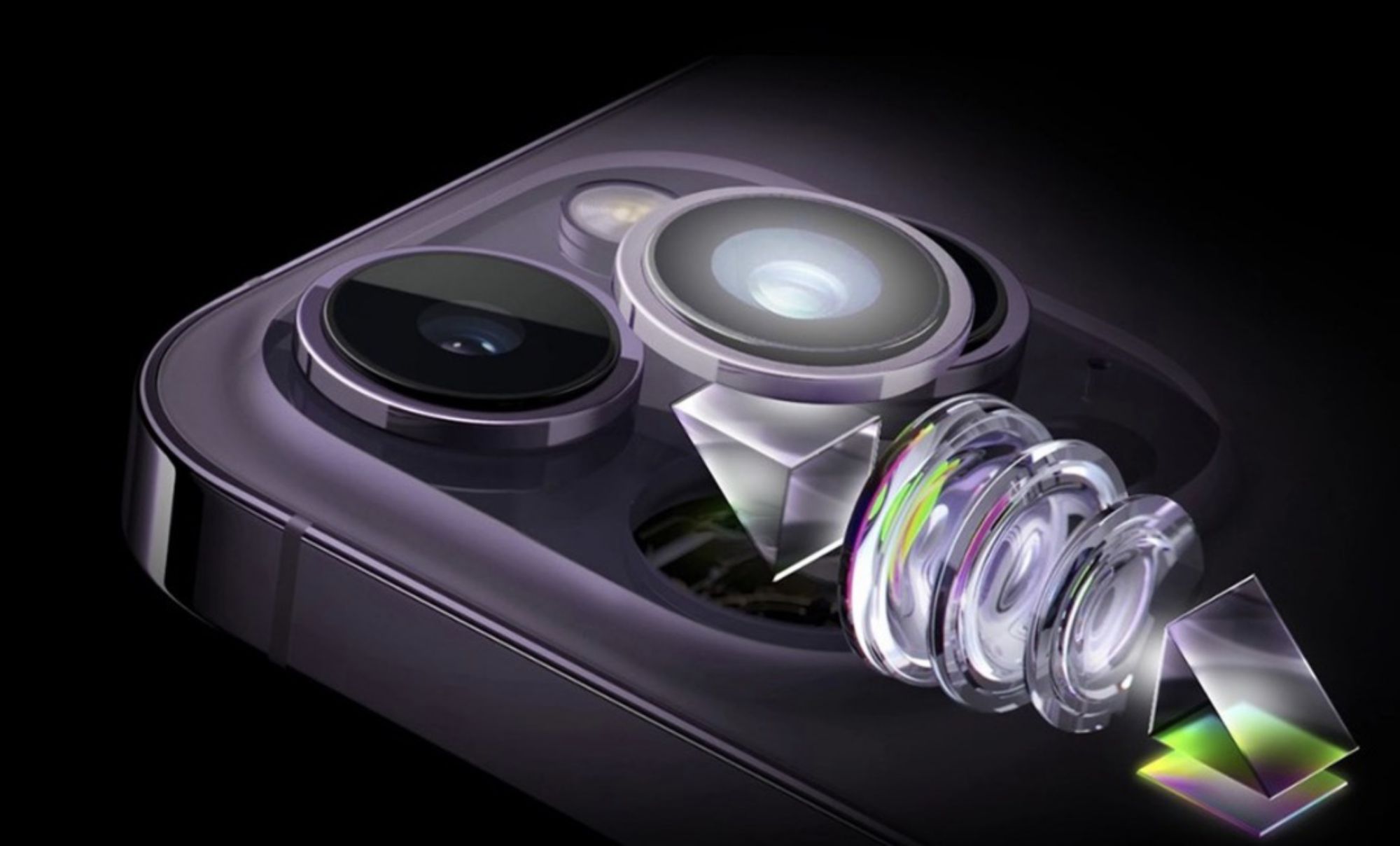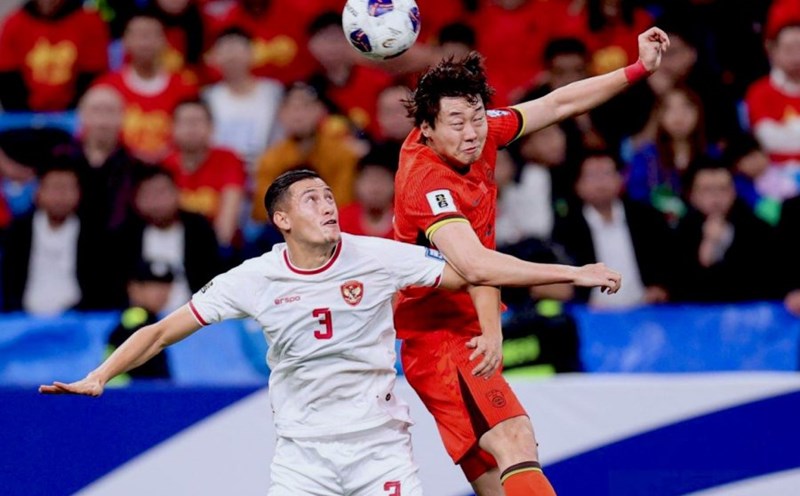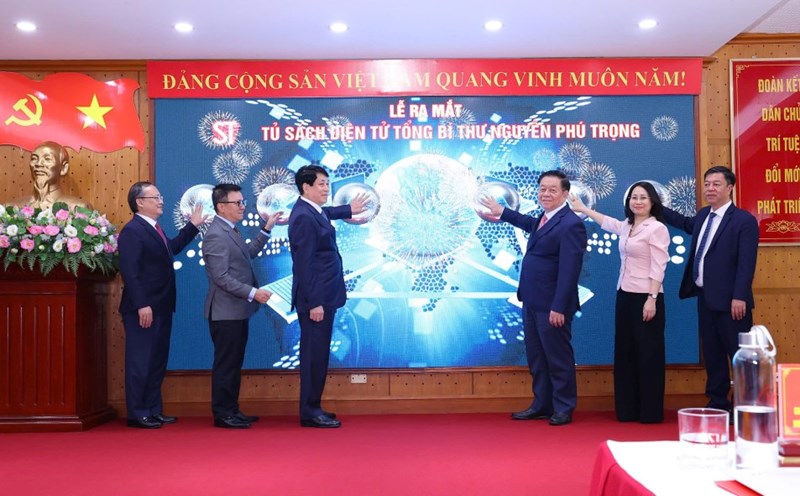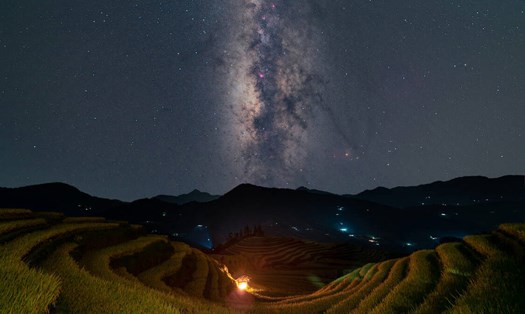Preparing to study abroad, Mai Anh, 26 years old, living in Dong Da district, Hanoi, eagerly went with her younger brother to choose and buy a new phone. Among a forest of smartphones with all kinds of prices, Mai Anh hesitated between iPhone or Android devices. What she needed to consider was not the battery, operating system, screen or durability of the device. For Mai Anh, the most important thing to care about when buying a new mobile phone is its camera.
Since the popularity of mobile phones, capturing life's moments has become easier and more convenient. It has been decades since the first phone with a built-in camera was launched, and phone cameras have come a long way. Recently, top phones such as the iPhone and Samsung Galaxy have up to 3 cameras on one device, with zoom, wide angle and extremely fast and detailed image processing software.
"For me, on a phone, the camera is the most important part. Nowadays, the need to take photos, record videos, and preserve memories in the lives of young people is very large. A good phone is a phone with a good camera, serving users. That's why phone manufacturers, from Apple, Samsung to Chinese companies like Huawei, Oppo, all emphasize the camera part of their products," Mai Anh shared.
The Long Journey of Lenses
The story of photography begins with the invention of the Daguerreotype in 1839 by Louis Daguerre. He developed a method that used a copper plate coated with silver chloride, treated with iodine, and developed through hot mercury to capture an image. Although the process was complicated by today's standards, it was a major breakthrough in photography at the time, creating the first photographs that could be preserved forever.
The first commercially produced Daguerreotype camera was the mirrorless Giroux, which featured a removable back box that allowed the focus to be adjusted through a glass diaphragm. Once the copper plate was in place, the photographer would open the lid to expose the image and create it. This process initially took anywhere from a few minutes to half an hour, but later Daguerreotype cameras, along with competing Calotype cameras, used new lens designs and improved chemical processes to reduce exposure times to just a few seconds.
One of the most important inventions of the 19th century was the use of a concave mirror instead of a lens in the daguerreotype camera. In 1839, Alexander Wolcott invented the mirror lens and was granted the first patent for photography. The improvement reduced exposure times to about 5 minutes, marking a major step forward in photography technology.
Next, in 1888, George Eastman of Rochester, New York (USA), created the first camera using Celluloid roll film, called The Kodak. This camera could take pictures in a split second, much faster than previous inventions. The film was then sent to Eastman Kodak for development, and the camera was marketed as a convenient, easy-to-use product. Kodak's success ushered in a new era, with the introduction of the Kodak Brownie in 1900. The Brownie was a cheap camera that made photography popular among middle-class families, allowing them to capture important moments such as weddings, parties, and family reunions.
In 1934, Kodak revolutionized photography once again with the introduction of 35mm film. This was a major breakthrough, allowing cameras from different brands to use the same film, while also simplifying the process of taking pictures. Features such as interchangeable lenses, advanced viewfinders, and 1/1,000 second shutter speeds were introduced by Leica. By the 1950s, single-lens reflex (SLR) cameras with automatic return mirrors were introduced, with prominent brands such as Nikon and Fujifilm. These cameras were not only portable but also easy to use, contributing to the expansion of the photojournalism movement.
Photography technology continued to advance with the advent of digital cameras in the late 20th century. The first digital cameras ushered in a new era of storing and processing images directly on a computer. Finally, smartphone cameras made photography an integral part of everyday life, with ever-improving image quality and a variety of features. From the primitive daguerreotype cameras to the modern digital camera, the history of the camera is a story of constant evolution, with each step contributing to the development of photography as we know it today.

Cameras are no longer a luxury item.
Today, the type of camera that people use most often is the camera on their smartphones. The first camera phone appeared in 1999 with the Kyocera VP-210 model, allowing users to instantly view photos on a 2-inch screen. However, it was not until the advent of smartphones that the camera on phones really exploded.
When the first iPhone was released, users could easily send and receive digital photos thanks to CMOS technology, which replaced the previous CCD technology. Today, smartphones are equipped with multiple lenses, video recording capabilities, high resolution, and many other features. Many people no longer need a digital camera because the quality of photos from their phones is enough to meet their needs.
Indeed, before the iPhone, Samsung Galaxy or Oppo, young people often had difficulty capturing moments in their lives. Professional cameras that used film used to cost tens of millions of dong, some cameras were worth up to a tael of gold. Moreover, each time they took a photo, the photographer had to prepare the film, measure the light and learn basic shooting techniques. After taking the photo, they also had to develop the film and wash the photos, which took more time than the cameras on today's phones. Even with digital cameras, users must have some photography skills to be able to use and take the desired photos.
Sharing with Lao Dong Newspaper about his hobby of playing with cameras, Thanh Binh, an employee at a bank in Hanoi, said: "In the past, owning a camera was extremely difficult. Not counting professional cameras worth tens, sometimes hundreds of millions of VND, travel cameras were also not cheap. Basic phones in the past also had cameras, but their quality was not very good, and these phones were not cheap. It was not until smartphones became more popular that young people like me could access cameras in daily life."














